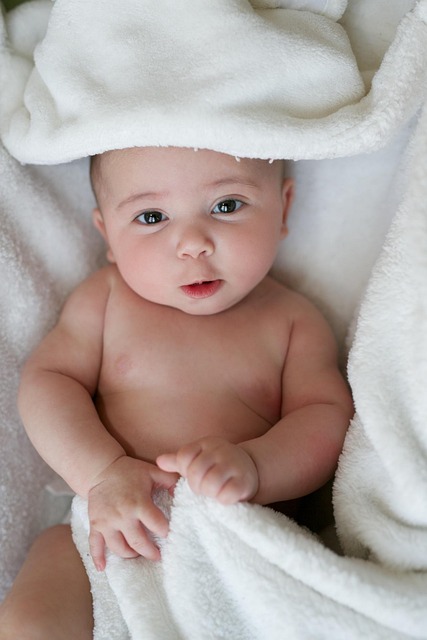Ah, lice—those pesky little intruders that no parent wants to encounter! As school season kicks in, the risk of your child bringing home these blood-sucking nuisances increases. But don’t worry, with a bit of patience and the right approach, you can tackle this issue head-on. Here’s everything you need to know about lice, how to check for them, and the best ways to get rid of them.
What Exactly Are Head Lice?
Head lice are tiny, wingless insects that inhabit human hair and thrive on the blood from the scalp. They don’t discriminate by hair length, cleanliness, or wealth; they can invade anyone’s hair. These critters are especially prevalent among children in daycare, preschool, or other group environments, so it’s always good to be vigilant.
What Do Lice Look Like?
Lice are small—about the size of a sesame seed—and can appear brown or grayish. Their eggs, known as nits, are often mistaken for dandruff but are firmly attached to the hair shaft. Spotting these little buggers can be tricky, so it’s crucial to know what to look for.
Where Do Lice Come From?
Lice spread primarily through direct head-to-head contact. Kids are often in close proximity to one another, making it easy for lice to hop from one head to another. They can also be transferred through shared belongings like hats, brushes, or pillows, but this is less common.
Symptoms of Head Lice
The most noticeable sign of lice is itching, caused by an allergic reaction to their bites. You may also notice your child scratching their head frequently, or you might find small red bumps on the scalp or behind the ears.
How to Check for Lice
To check your child for lice, follow these simple steps:
- Get the Right Lighting: Natural light is best, so try to check in a well-lit area.
- Use a Fine-Toothed Comb: A specialized lice comb can help you spot the bugs or nits more easily.
- Section the Hair: Divide your child’s hair into small sections and comb through each thoroughly.
How to Eliminate Head Lice
When it comes to treatment, there are several effective options available. Over-the-counter treatments containing pyrethrin or permethrin are popular choices. Additionally, you could consider natural remedies, but be sure to check their effectiveness before proceeding.
Home Remedies for Lice
Some parents swear by home remedies like olive oil or tea tree oil, claiming these can suffocate the lice. While these methods may work for some, they are not guaranteed solutions.
How Long Can Lice Live Off the Head?
Lice can survive for about 24-48 hours away from their human host, so it’s important to wash any clothing or bedding your child has used recently.
How Long Does It Take to Get Rid of Lice?
With proper treatment and diligent combing, most cases of lice can be resolved within a week.
My Child Keeps Getting Lice: What Can I Do?
If your child is a repeat offender when it comes to lice, consider avoiding close contact with other children and regularly checking their hair. Joining a community like Make a Mom can provide additional support and resources for parents dealing with similar issues. Plus, if you’re thinking about family planning, check out Make a Mom for at-home insemination options, including their unique reusable solutions.
For more insights on health and fertility, don’t forget to explore our post on glucose tests and what to expect here. And for those considering IVF, Healthline has detailed information on the subject here.
Lice can be a nuisance, but with the right tools and knowledge, you can manage this phase effectively. For more information on pregnancy and at-home insemination, check out this resource.
Summary
Lice are common among children, especially in group settings. Identifying them involves checking for signs like itching and using a fine-toothed comb. Treatments range from over-the-counter options to home remedies. To prevent recurrent infestations, maintain vigilant hygiene and consider community support.
